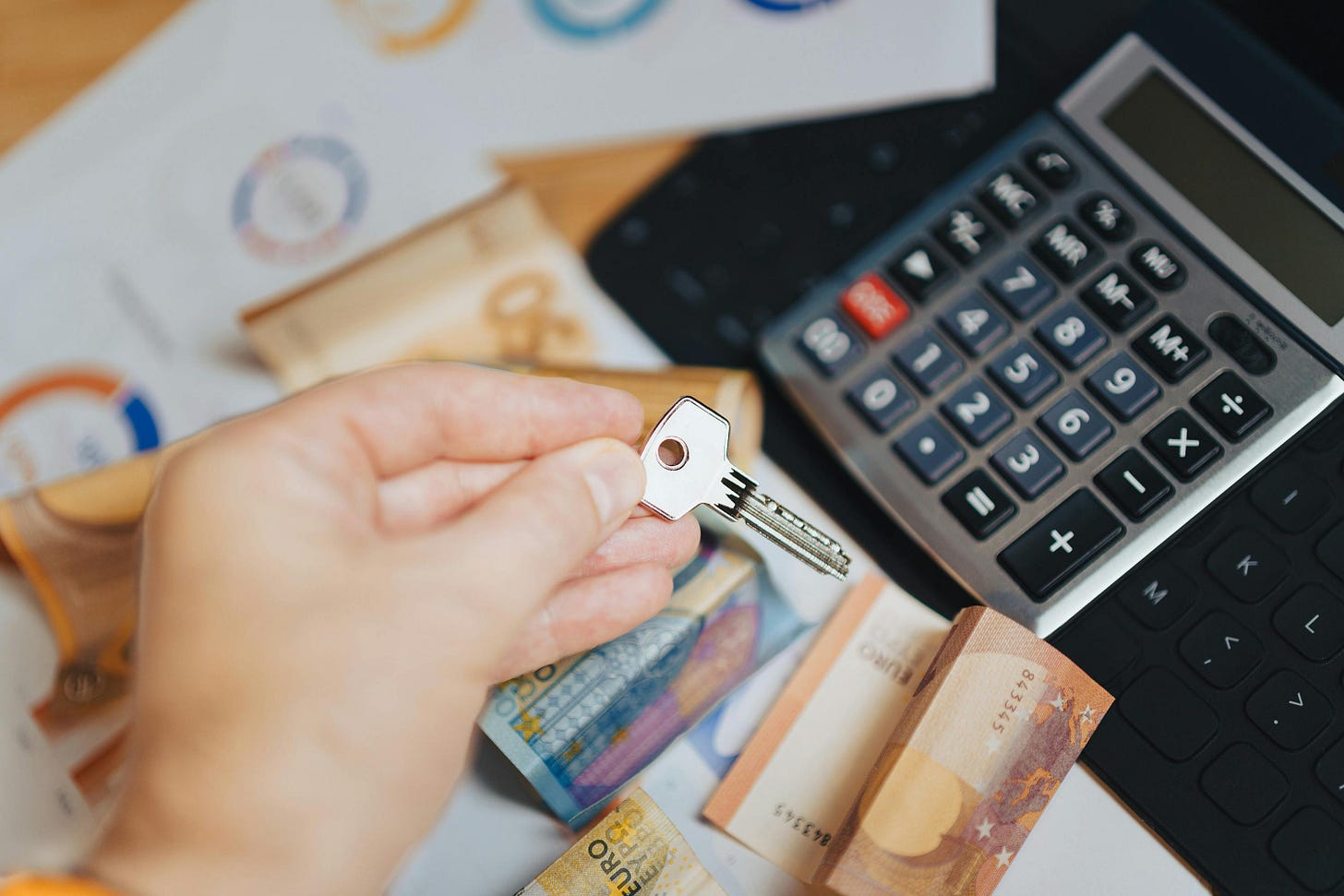How to Flip Like a Pro: The 6-Level Strategy Game
How to wipe out your housing payment and build wealth on autopilot
How Most People See the Problem
Most people think flipping a house is easy money. Buy low, renovate, sell high — sounds clean on paper. But the truth is, most new flippers don’t lose money because the market turned on them. They lose because they misjudge the fundamentals from day ONE.
They:
Overpay for properties, convinced they’ve found “the one”
Underestimate renovation costs, thinking it’ll be cheaper because they’ll DIY everything
Forget soft costs, holding expenses, and how fast those days add up
Hire the wrong contractors because they’re chasing the lowest bid
Over-improve a home past what the neighborhood can support, hoping to “wow” buyers
Get stuck without a real exit plan when timelines blow up
So what happens? They’re stuck holding a house they can’t sell fast enough, bleeding cash every month.
My Opinion (The Secret Advantage)
Flipping isn’t about throwing things at the wall and seeing what sticks. It’s about staying ruthlessly conservative and approaching it like a precision operation, not a passion project.
Here’s what the best flippers I know do differently:
They buy the math problem first, not the house. If the numbers don’t pencil out under conservative figures, they walk away.
They assume everything will cost more and take longer. Period. They don’t budget for the best-case scenario, they plan for the worst.
They remember they’re selling a product, not a dream home. Over-improving eats profits, not adds to them.
They treat contractors like business partners, not saviors. Vetting and contracts are non-negotiable.
Get multiple references from past clients and other business partners if possible
They always have a Plan B, a wholesale exit, a rental hold, or price cuts, because the market doesn’t care about your timeline.
In short: They avoid making flips personal. They make them mathematical.
Really...it's just good math.
How I Game-ify Flipping
If you want to flip and profit, here’s how to play:
Flip Defense: The Profit Protection Game
Level 1: Price Sniper
Run your ARV calculations using the lowest comparable sales, not the prettiest ones.
Apply the 70% rule religiously (ARV x 70% - Repairs = Max offer).
If your numbers feel “tight,” they’re too tight. Walk away.
Level 2: Cost Trap Avoider
Create two renovation budgets: “Best Guess” and “Worst Case.”
Budget the higher of the two. Then tack on a 10-20% cushion.
Get three contractor bids minimum, and grill each on timelines, licenses, and scope.
Level 3: Soft Cost Sentry
Budget at least 10% of your purchase price for soft costs.
Track holding costs weekly — they sneak up fast.
Never assume you’ll sell in 90 days. Plan for 180.
Level 4: Contractor Vet Mastery
Check licenses, insurance, references, and recent jobs.
Start small with new contractors to test reliability.
Never pay more than 10-20% upfront.
Level 5: Market Reality Checker
Tour other active listings in person, not just online photos.
Know the ceiling price for the neighborhood, and don’t break it. You don't want to be the most expensive house on the block.
Remember: marble showers in a $300K area are just marble losses.
Level 6: Exit Strategist
Before you buy, ask: “If I can’t flip, can I rent it? Wholesale it?”
Have multiple outs so you’re never trapped.
Treat flipping like a high-stakes strategy game. Win by avoiding mistakes instead of chasing unrealistic profits lol.
Final Punch
Most flippers blow their budgets because they fall in love with houses. Pros fall in love with the numbers BUT they can also see the emotional appeal as well.
If you want to stay in this game long enough to profit, keep your heart out of it in the beginning and your calculator close.
Want to avoid the most common (and expensive) flipping mistakes?
Let’s talk before you buy.
Schedule a quick call and I’ll walk you through what you qualify for.
No pressure.
Hope that helps.
-Ben Stef | Mortgage Advisor NMLS# 2018674


